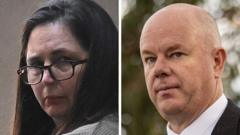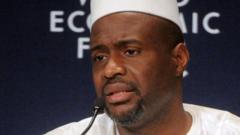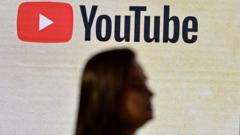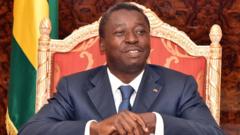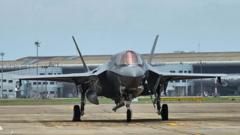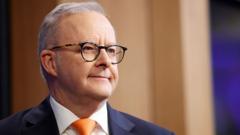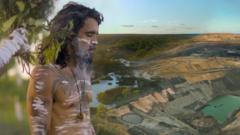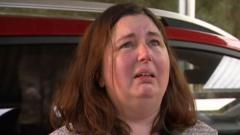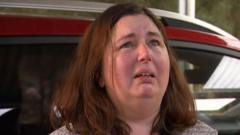The Liberal Party's crushing loss in the recent federal election has engendered a tumultuous reckoning among its members, particularly following the downfall of leader Peter Dutton, who lost his seat after 24 years. The Labor Party's sweeping victory signals a shift in voter sentiment towards unity, leaving the Liberals to confront their setbacks in major urban areas while analysts question the impact of U.S. political dynamics on their campaign.
Australia's Liberal Party Faces Strategic Overhaul After Historic Election Loss

Australia's Liberal Party Faces Strategic Overhaul After Historic Election Loss
Australia's opposition party, the Liberal Party, grapples with its most significant defeat in history, spurring calls for a leadership change and a reevaluation of strategies.
The election results have shocked Australia's Liberal Party, marking one of its worst defeats to date. The party’s leader, Peter Dutton, failed to retain his seat in Dickson, Queensland, raising significant concerns over the party’s future direction. In the wake of this electoral catastrophe, Dutton became the first federal opposition leader to lose both his seat and an election simultaneously, highlighting the depth of the party’s challenges.
In the midst of a swift transition, the Australian Labor Party, led by Anthony Albanese, celebrated their decisive victory, which was echoed in Albanese’s remarks about the public’s desire for unity. Major Liberal Party losses were particularly pronounced in metropolitan regions such as Sydney, Melbourne, Brisbane, and Adelaide, where they have struggled to connect with urban voters.
Calls within the party for a comprehensive review of their campaign strategy have grown louder, with several members acknowledging an urgent need to address the underlying issues that led to the historic defeat. Keith Wolahan, representing Menzies in Victoria, emphasized the necessity of listening to Australians to discern the message being sent by voters. There is a collective recognition within the party that significant reflections on leadership and strategy must be undertaken.
Andrew Carswell, a former adviser to a past Liberal prime minister, articulated a more vivid critique, stating that “the Dutton experiment failed.” The campaign against a backdrop of a perceived “Trump effect” appears to have further complicated Dutton’s efforts, leading to an increase in voter hesitation regarding his leadership.
With a leadership vacuum now apparent, speculation abounds regarding potential successors. Candidates like shadow treasurer Angus Taylor and deputy leader Sussan Ley are being discussed, while other party figures such as shadow minister of defense Andrew Hastie are also considered viable options. The Liberal Party’s immediate challenge will be to unite and formulate a new strategy capable of regaining the confidence of disenchanted voters as they move forward.
As the Australian political landscape shifts, both the Liberal Party and the Labor Party are poised at a crucial juncture, with the implications of this election likely reverberating into the future of Australian governance.
In the midst of a swift transition, the Australian Labor Party, led by Anthony Albanese, celebrated their decisive victory, which was echoed in Albanese’s remarks about the public’s desire for unity. Major Liberal Party losses were particularly pronounced in metropolitan regions such as Sydney, Melbourne, Brisbane, and Adelaide, where they have struggled to connect with urban voters.
Calls within the party for a comprehensive review of their campaign strategy have grown louder, with several members acknowledging an urgent need to address the underlying issues that led to the historic defeat. Keith Wolahan, representing Menzies in Victoria, emphasized the necessity of listening to Australians to discern the message being sent by voters. There is a collective recognition within the party that significant reflections on leadership and strategy must be undertaken.
Andrew Carswell, a former adviser to a past Liberal prime minister, articulated a more vivid critique, stating that “the Dutton experiment failed.” The campaign against a backdrop of a perceived “Trump effect” appears to have further complicated Dutton’s efforts, leading to an increase in voter hesitation regarding his leadership.
With a leadership vacuum now apparent, speculation abounds regarding potential successors. Candidates like shadow treasurer Angus Taylor and deputy leader Sussan Ley are being discussed, while other party figures such as shadow minister of defense Andrew Hastie are also considered viable options. The Liberal Party’s immediate challenge will be to unite and formulate a new strategy capable of regaining the confidence of disenchanted voters as they move forward.
As the Australian political landscape shifts, both the Liberal Party and the Labor Party are poised at a crucial juncture, with the implications of this election likely reverberating into the future of Australian governance.


